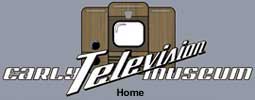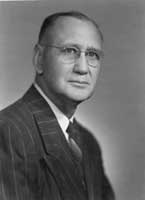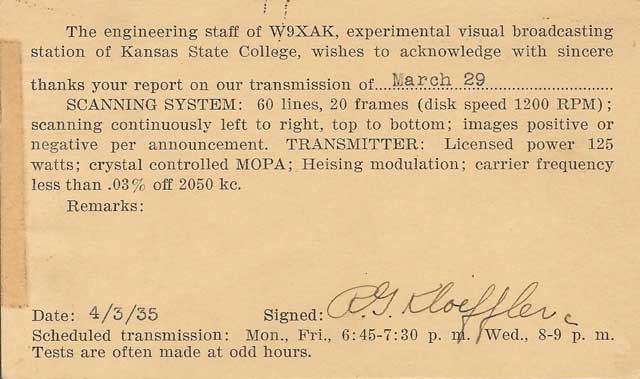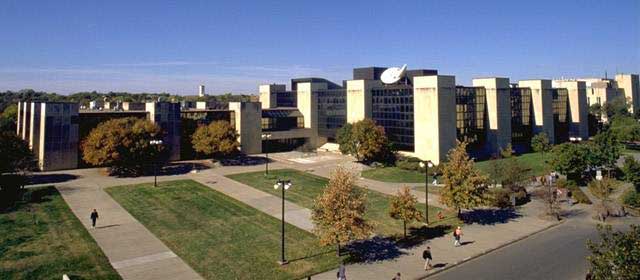Mechanical Television
W9XAK - Manhattan, KansasThe following information is from a presentation made by George Lemaster at the 2007 Early Television Convention: Kansas State University was founded as Kansas State Agricultural College in 1863, it was renamed Kansas State College of Agriculture and Applied Science in 1931, and finally Kansas State University in 1955. It began its broadcasting history in 1918, when the Department of Physics broadcasts weather reports. In 1924, a campus radio station 9YV was started, which later became KSAC-AM.
W9XAK was received as far away as Maine and Texas. There were bi-weekly broadcasts using the KSC-built mechanical scanner. Mechanical broadcasts continued until 1936. During this time the college experimented with the use of a Kerr cell to produce large pictures, and a demonstration of the projector was made at an open house. In 1982 Walter Mitchell (the student mentioned above) wrote a letter detailing his recollections of the early days of W9XAK.
QSL card Courtesy of Tony Ricicki W2VRK Kansas State University, Manhattan, Kansas |



